Preparedness Tips: Where and How to Get Winter Survival Food
If you’re planning a hiking trip during the colder season, you need to get all the details regarding winter survival food and how to acquire it. We’ll tell you more about this topic here, explaining why some of these food items are really must-haves in the wild.
[the_ad_group id=”21″]
We’ll start you off with info regarding nutrients, so you can get a better grasp of the foods you should be searching for.
The Nutrients You Need Most
We all have a tendency to indulge and eat a bit more come wintertime. But what can you do in a survival situation, when food is scarce? Your main goal is to use your energy resources effectively, which means: finding the food that will keep you alive.
See also: Living in The Wilderness: What to Expect, How to Face It
Not: Losing a ton of energy in search for large quantities of food that might not produce the energy you need in return.
Do we really need more food in winter?
The answer depends on both how our minds and how our bodies work because:
- That’s how we’ve evolved. Years of evolution has genetically programmed us to make more fat stores in the colder season. Just like bears.
- We need more energy to keep our body temperatures up. Since it is colder now, much more of our energy supplies will be used to maintaining a normal body temperature.
- We have to fight seasonal afflictions. You know this all too well starting with the common cold, the flu or maybe even the seasonal mood swings for some people.
These three main reasons why we need more food in the winter will actually show us which food groups and nutrients to look for.
Fat in a large percent
Evolution tells us we need more fat. Fat reserves have a lot of benefits, like allowing us to withstand extreme cold.
But the main benefit of healthy fats is that they can keep us satiated for longer, and therefore we don’t need to use up a lot of energy searching for food. For instance, you can find healthy fats in large proportions from nuts and some fish.
Protein in moderation
Since we need to maintain a constant body temperature, we need to keep our muscle mass in perfect shape. That means getting enough protein from various sources like fish, insects and some nuts you can find.

Although there’s a difference between animal and plant-based proteins, don’t sneer at any of these when it comes to your survival. Besides, animal protein is known for reducing hunger pangs when in combination with a diet high in healthy fats.
Some carbs and sugar
Since glucose is the main nutrient your body uses for energy, it’s wise not to disregard carbs. If we’re talking about the carbs you get from wild plants and berries, these have an obvious disadvantage as opposed to fat and protein: they have fewer calories.
And when you’re eating fewer calories, it entails less energy for you to put to good use when surviving in the wild. But carbs keep you satiated, and they’re also amazing to fighting off low moods caused by either the colder season, either by your predicament.
Vitamins and minerals
Try to get the survival foods that will offer you more of the vitamins you need in the colder season so you can remain healthy and active. So get:
- Vitamin C for fighting off cold and boosting your immune system. Not to mention that vitamin C is great for your blood vessels, which can be affected by the cold. Wild berries are great sources of vitamin C.
- Iron is an amazing source of energy, which drops significantly along with the colder seasons. Besides, it’s involved in transporting oxygen to your vital organs, so don’t neglect it. Fish and eggs are really rich in iron, so try to find these in the wild.
- Vitamin A is what keeps your bones strong, so try getting enough dry fruit, leafy greens and fish. In winter, snow and ice are really dangerous because we have a higher risk of falling. So if you don’t want to get really bad bone injuries, vitamin A can make the difference.
- Omega 3 is a fatty acid that will help fight off common infections and also low moods, so try to eat plenty of fish and nuts.
- Calcium and vitamin D should come in a package, and you need some wild berries and conifers for getting them. They boost your immune system, and keep your bones strong, helping you stay in shape.
The Main Meals You Can Get
With all that in mind, let’s see what sorts of food items you can get in the wilderness and where you can find them.
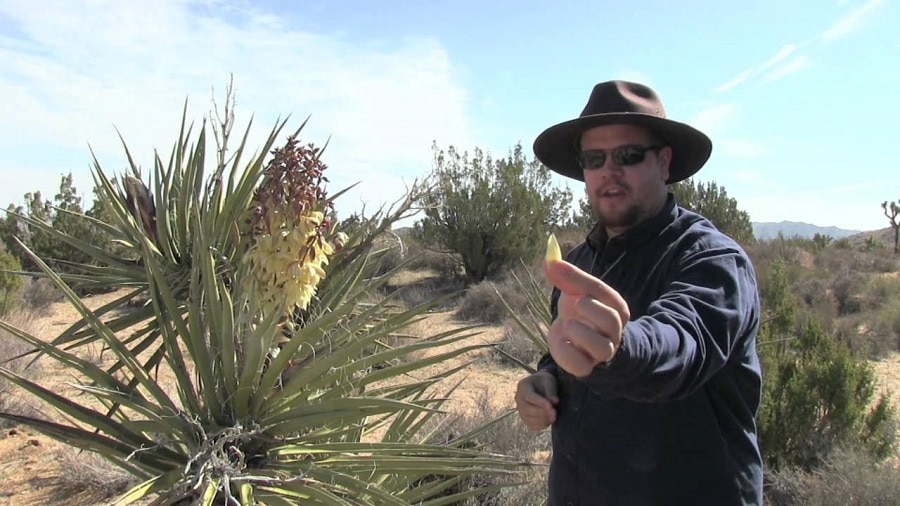
Since we feel it’s always important to know why something is good for you, we’ll explain their benefits as we go. We don’t want you to memorize these foods by heart, so understanding their use can help you remember them when the need arises. See our tips on what wild plants you can eat to survive for more details.
Plants
There are a lot of plants and roots you can go for in the wild, but the most common ones you can find during winter are:
Cattails
- You can find these either around shallow or deep water.
- They’re a great source for both food and hydration.
- They’re easy to spot and identify because of their distinctive look when they reach maturity.
- Starch is the main nutrient they have to offer, which is a sort of carb that will provide you a lot of energy.
- When it comes to vitamins, they’re rich in vitamins A, B, and C, which are compulsory to fight off the cold.
- They also have plenty of Potassium which is great for maintaining a normal body temperature, seeing as this electrolyte plays an important part in heat conductivity.
You can cook them in a lot of different ways, such as:
- Peel and boil their leaves.
- The roots can be peeled and boiled too.
- If you don’t have water or fire nearby, you can eat both the roots and the leaves raw.
- The flower heads are really tasty when you roast them.
- If you’ve stumbled upon some cattails during your summer trips and collected their pollen that can be turned into flour.
- If you’ve not been preparing yourself for a winter survival sort of situation, just mash and soak the roots so they eliminate the starch that can be turned into flour itself.
Conifers
The advantages and uses of evergreen trees are extremely well emphasized in our partner’s book, Winter Survival Food. So, make sure check it out especially if you’re planning your hike in a coniferous area.
You can chew on their needles when raw, boil them or turn them into a tea. Or you can collect and cook their bark or resin, although resin can be eaten as is. The bark can be dried if you don’t have a means to cook it and eat it afterward. Don’t forget their cones, either.

You’ll get:
- A lot of vitamin C from the bark and the needles, especially if you’re looking at pine trees. That will make for a great adjuvant of your immune system while keeping your circulatory system in check too. If you get injured, vitamin C will help you heal faster, since it keeps the blood circulating.
- Vitamin A for improved vision, and healthy bones that can support the weight of your body, and decrease the chances of falling-related injuries.
Eating conifers will lessen the chances of you getting anemia because your red blood cell levels will remain up. Your energy levels won’t decrease thanks to that, and you can concentrate on doing all you can to survive.
[the_ad_group id=”22″]
Plus, all the vitamins that can be found in pines are great for fighting off winter specific infections and illnesses, like the common flu. These affect your respiratory system, in particular, helping you breathe comfortably and decreasing incessant coughing. And of course, a hot tea with plenty of vitamin C is just what the doctor orders in case of a sore throat.
Wild berries
There are a lot of such berries you can stumble upon during winter, and they have plenty of nutritional benefits to offer even though you’re probably going to find them frozen.
- Rose hips: These have a very intense shade of red and they don’t grow bigger than 0.5 inches in diameter. You can either make an infusion and turn them into a tea or simply mash them to make a paste out of them. The main thing they have to offer is tons of Vitamin C.
- Hawthorn berries: The most important thing about these sort of berries is that their seeds should be avoided at all cost since they contain a dangerous substance based on a cyanide compound. Even if you eat them raw or decide to cook them, the seeds should always be taken out, just like their flowers.
If you have the necessary tools or other ingredients, you can turn these berries rich in vitamin C into.
The best news is that you don’t need anything except maybe water to make some delicious, sweet jelly out of these berries. You just have to mash them into a bowl after you’ve taken their seeds out and let them dry for a few minutes.
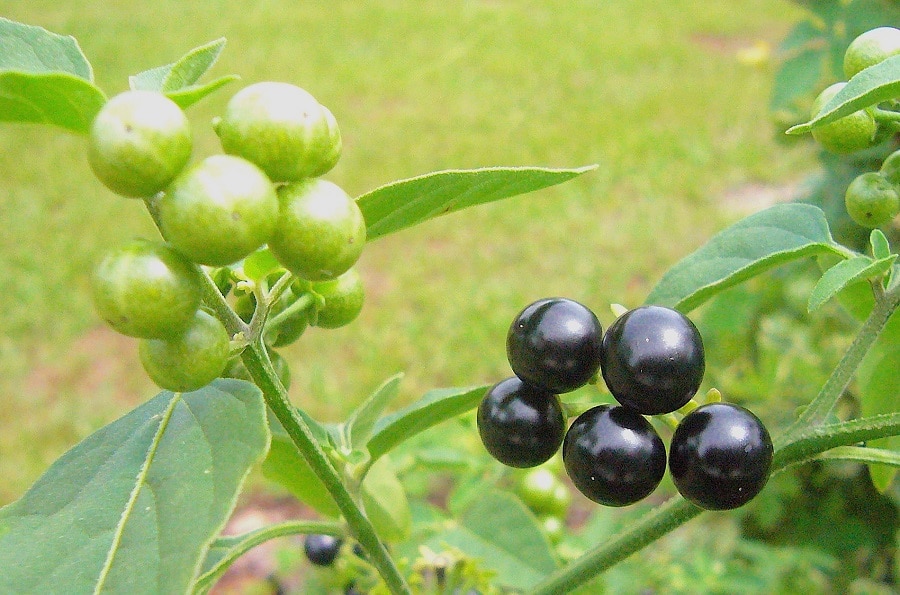
Apart from vitamin C to boost your immune system, these berries will give you a sweet treat for a plus of extra energy and a way to fight off mood swings.
Nuts
There are all sorts of nuts you can find during the winter, like:
All you have to do is look around you carefully if you’ve identified the trees that produce these sort of nuts in your immediate surroundings. These nuts can either be found on the trees if the winter is pretty mild or on the ground, under the bed of leaves or under the snow if the winter is harsher.
Nuts are valuable for:
- Their high fat content that keeps you satiated.
- High protein intake that keeps your muscles working for increased energy.
- Calcium for your bones.
- Lots of iron for your high energy levels and ability to oxygenize your body.
- Magnesium to fight off various seasonal affection disorders.
You can cook nuts in plenty of ways, like boiling or roasting, although you can also eat them raw. Just be careful with acorns which are rich in tannic acid, a poisonous substance that should be eliminated by repeatedly soaking the acorns in hot water until it no longer becomes brown.
Insects, bugs, and creepy-crawlies
Although bugs and insects seem to completely disappear during winter, they’re still right there if you know how to look for them. Since their bodies produce glycerol to prevent them from freezing, you can find them as adults too, not just larvae.

Anyway, stay away from insects that fly, sting or the ones that come in very bright colors – we can’t guarantee these aren’t poisonous, so better safe than sorry.
Stinkbugs
Stinkbugs are some of the bugs you probably didn’t believe you can actually eat, but in some parts of the world, they’re a real treat. Although they generally roam around freely when the weather allows them to, in winter they prefer sheltered places like beneath fallen trees, rocks or other crevices.
You can eat them:
- Raw.
- Boiled for 15 minutes.
- Roasted
Just remember to remove their legs first.
Termites
We love termites for surviving during the cold months of winter because:
- They’re easy to find, mainly in rotting wood which we’re sure there’s plenty of in the woods.
- They have a lot of protein that will keep your energy levels up, as well as a significant amount of calories.
- Unlike other bugs, termites are pretty free of bacteria and protozoa, so you’re less likely to get stomach problems from them.
- You can easily catch them on a stick inserted into the rotting log. They’ll crawl on it so you can conserve your energy in the process.
- Apart from eating them raw, you can also boil or roast them if you have the tools.
Grubs
- They’re another nutrient-packed food that will keep your energy levels up.
- They’re easy to catch, so you won’t waste a lot of effort for that.
- They have a lot of proteins and are rich in calories.
- You can get plenty of them in just one sitting by looking under a rotting log.
- Some of them can also be found under rocks, leaves or the bark of green trees, so there are many chances you can find them in the wild.
- They’re quite palatable, so there’s a good chance you can digest them properly.
- Eat them raw if you have the stomach for that, or cook them on your campfire.
Fish and other animals
These make for great survival food, not only during wintertime because:
- They’re packed with protein for increased muscle mass.
- They have a high caloric content, so you’ll get a lot of energy.
- Some fish, in particular, offer massive amounts of healthy fats to keep you satiated.
- You can use the bones and skins of some animals for other survival purposes except eating.
- Omega 3 fatty acids can be found in most fish, as well as iron and other valuable vitamins and minerals. These can be found in other animals too.
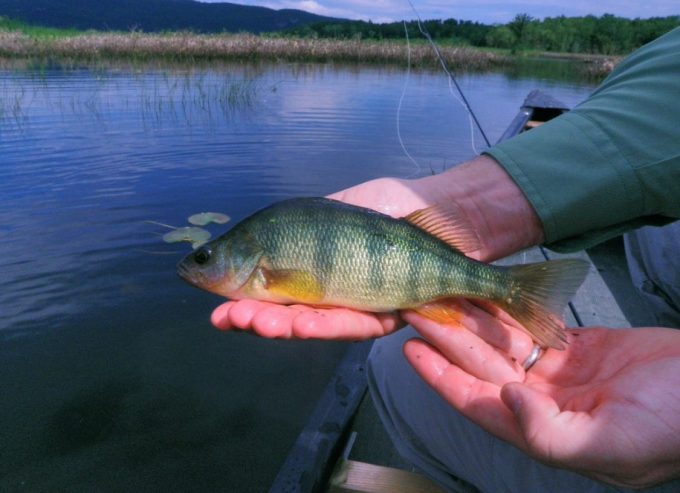
But there are some downsides to getting your hands on this amazing food source, like:
- You can waste a lot of energy hunting or fishing without having a guaranteed result of being able to catch anything.
- You’ll need to possess some advanced skills and good instruments in order to fish or hunt.
- If you don’t have the tools, you should know how to manufacture them from scratch.
- You may need access to an open fire if you want to eat some of these animals because otherwise you can get infected with the parasites they potentially harbor inside.
Check out our guide on elk hunting for more information.
Eggs
Some birds and fish will lay out their eggs during winter, which is why you can get access to them. Just:
- Keep an eye out for taller trees and bird nests.
- Follow other wild animals that are out hunting for eggs, like raccoons.
- Follow a bird to its nest if you have the possibility.
Eggs are a wonderful source of:
- Protein
- Healthy fats.
- Iron.
You can cook them in different ways, or even eat them raw for a plus of energy.
[the_ad_group id=”23″]
The only downside is that you’ll have to be lucky enough to find the eggs, or otherwise you might invest a lot of time and energy you don’t have for this purpose.
Search, Eat, Survive
Even though food supplies are scarce during winter, work smarter and not harder to find them, in order to save precious energy. And don’t forget that your mindset is an important factor when it comes to surviving in the wild. Check out our basic tips on how to survive in the wilds for more information that can save you!
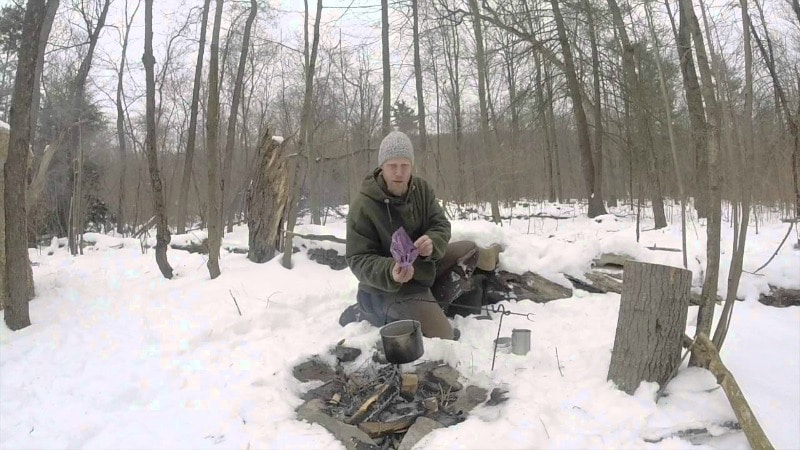
That being said, have you been in a survival situation when you really needed to find food fast? What did you eat then? Have we left anything out in this article? Tell us in the comments below!


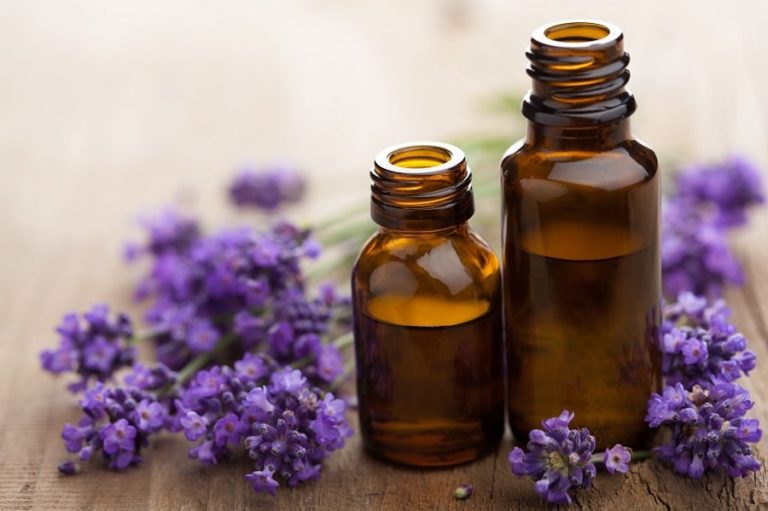
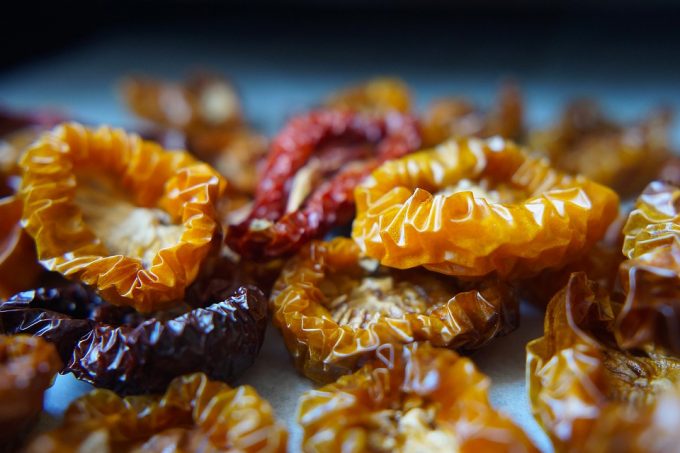



My grandparents used to survive winters just on dry meats and some pickled veggies. They had a small garden and some animals. They used that food only during winter. They didn’t waste anything. They both lived more than 85 years without being sick. The goal was just to survive until spring and then start eating fresh and alive food. Those were normal things for people back then.
Thanks for sharing, Carl. Dry meats and pickled vegetables or fruit preserves have impressive shelf live and can provide nourishment needed for survival. It is also a factor that ensured your grandparents longevity. Amazing story.
My grandparents used to survive winters just on dry meats and some pickled veggies. They had a small garden and some animals. They used that food only during winter. They didn’t waste anything. They both lived more than 85 years without being sick. The goal was just to survive until spring and then start eating fresh and alive food. Those were normal things for people back then.
Thanks for sharing, Carl. Dry meats and pickled vegetables or fruit preserves have impressive shelf live and can provide nourishment needed for survival. It is also a factor that ensured your grandparents longevity. Amazing story.
In a survival situation I’d eat anything that comes into my hands. Energy is energy wherever it comes from. I’d always go for the source of food that is most available in a given situation. Insects and worms somehow survive winters, so it means they’re available. If I found them, there’s no doubt I’d eat them. I know I’d survive, but what about those people refuse to?
This is a tough question, Oscar. Some individuals can gain sustenance from herbs and insects available (although make sure you are familiar with the plant or insect that you are eating, not just something random), but for picky eaters, this can be a challenge. If you have some picky eaters in the family or compound, it is better to educate them even before the need arises.
In a survival situation I’d eat anything that comes into my hands. Energy is energy wherever it comes from. I’d always go for the source of food that is most available in a given situation. Insects and worms somehow survive winters, so it means they’re available. If I found them, there’s no doubt I’d eat them. I know I’d survive, but what about those people refuse to?
This is a tough question, Oscar. Some individuals can gain sustenance from herbs and insects available (although make sure you are familiar with the plant or insect that you are eating, not just something random), but for picky eaters, this can be a challenge. If you have some picky eaters in the family or compound, it is better to educate them even before the need arises.